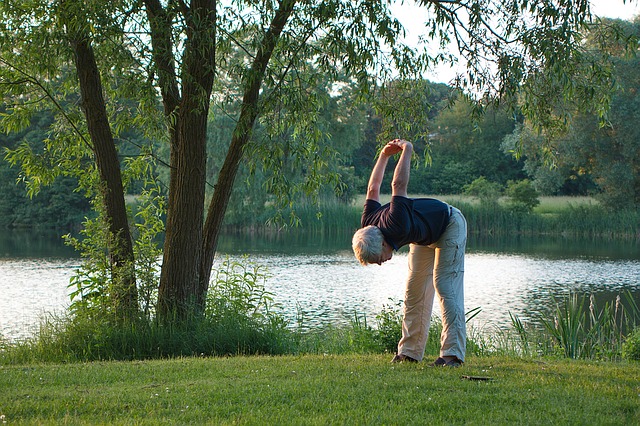Past a certain age, many seniors start to experience physical and neurological health problems that can make it a lot harder, and less safe, to live on their own. At that point, seniors and their families generally start to consider assisted living.
You’ve probably encountered the term “assisted living,” as well as the term “nursing home.” There’s a little bit of a difference, although nursing homes can be viewed as a specific type of assisted living facility that provides a higher level of skilled medical care.
According to CDC statistics, there are around twice as many assisted living facilities as nursing homes in the United States. Many seniors may need assisted living, but many never need to make the transition to a nursing home per se. Others may live in a regular assisted living home for years, but need nursing home care toward the end of their life due to medical problems or dementia.
Assisted Living Facilities: Help with Activities of Daily Living (ADLs) for Relatively Healthy, Active Seniors
Assisted living provides some assistance with activities of daily living, for residents who need them. They’re often set up so that couples can move in together. Residents can get help with things like laundry, meal preparation, household cleaning, and personal care, depending on which services they actually need.
Housing is usually set up like an apartment or a condo, with a good degree of privacy that feels like regular apartment living. Staff are available to provide assistance when necessary.
Assisted living facilities also organize social outings and other activities to keep residents occupied and entertained. Scheduled outings for things like shopping are typical, and in some facilities, residents may be able to have their own car if they’re licensed and capable of driving.
Nursing Homes: Around the Clock Skilled Medical Care
A nursing home, per se, is an assisted living facility that provides around the clock care from skilled medical professionals, like nurses and medical assistants. They cater to residents who need a lot of assistance with self-care, and who have more intensive medical needs.
Many nursing homes also offer rehabilitative services to help people transition from a prolonged hospital stay, before going home. These tend to be relatively long, but ultimately temporary stays. A person might stay at a nursing home in this context if they’ve had a stroke, or sustained an injury like a broken hip.
There are also nursing homes that specialize in memory care for patients with Alzheimer’s, Lewy body dementia, and other neurodegenerative diseases that cause a long term decline in cognitive and memory functions.
One important feature of nursing homes is that they’re more likely to be covered by Medicare and Medicaid. General assisted living is usually classified by government programs as “custodial care,” and you’ll often have to pay out of pocket, or purchase long term care insurance at some point to help you cover the cost when you need it.
Choosing the Right Kind of Living Arrangement
For most seniors with some health problems, or who need a little help with ADLs like cleaning and doing laundry, a regular assisted living facility can provide the right level of assistance from staff, along with the degree of independence that active seniors want to have.
Nursing homes are ideal for people with more serious health issues, who need daily medical care beyond basic things like medication management and transportation to doctor’s appointments.
